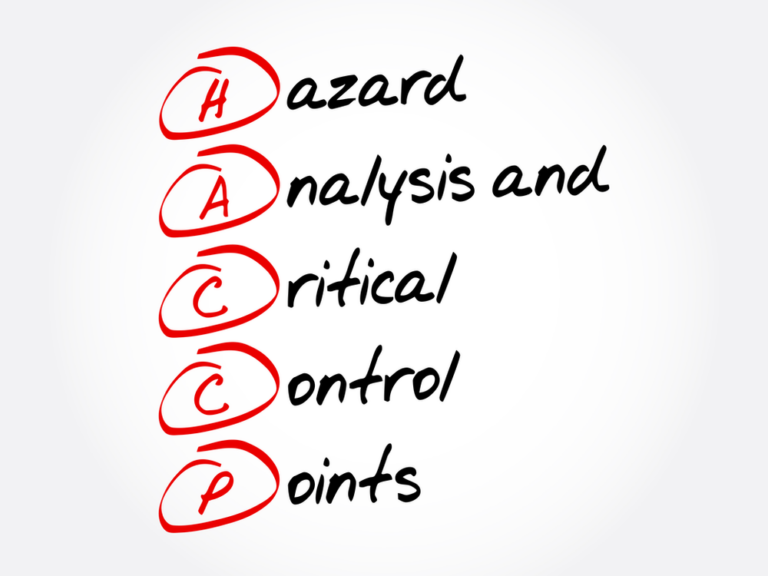State regulations for cannabis products vary significantly, with further differences within the same state for medicinal and recreational products. But regardless of the specifics of the rules, it can be reasonably stated that every state that has legalized edibles is concerned about, and has requirements for, food safety.
In fact, the National Environmental Health Association (NEHA) published a guidance document on food safety for cannabis-infused products specifically intended for state legislators. With a stated purpose to provide a compilation of “food safety provisions that have been approved, implemented, or are in trial phases (through March 2018)” by various states, the document provides a list of considerations for states implementing a food safety program and examples of existing legislation it sees as strong.
One of the key areas noted is the importance of including the legislative requirement for a food safety plan, and the first item on the list of considerations for regulation is “Requiring facilities to have a HACCP plan.”
What is HACCP? HACCP (Hazard Analysis Critical Control Point) is defined by FDA as “a management system in which food safety is addressed through the analysis and control of biological, chemical, and physical hazards from raw material production, procurement and handling, to manufacturing, distribution and consumption of the finished product.”

As such, HACCP is a systematic approach to the identification, evaluation, and control of food safety hazards based on five preliminary steps (see flow diagram above), and seven principles:
- Conduct a hazard analysis. The purpose of the hazard analysis is to develop a list of hazards which are of such significance that they are reasonably likely to cause injury or illness if not effectively controlled. Once determined, appropriate control measures are identified. The analysis then provides a basis for determining CCPs in Principle 2.
- Determine the critical control points (CCPs). A critical control point is defined as a step at which control can be applied and is essential to prevent or eliminate a food safety hazard or reduce it to an acceptable level. The potential hazards (identified in Principle 1) that are reasonably likely to cause illness or injury in the absence of their control must be addressed in determining CCPs.
- Establish critical limits. A critical limit is a maximum and/or minimum value to which a biological, chemical or physical parameter must be controlled at a CCP. Each CCP will have one or more control measures to assure that the identified hazards are prevented, eliminated or reduced to acceptable levels. Each control measure has one or more associated critical limits.
- Establish monitoring procedures. Monitoring is a planned sequence of observations or measurements to assess whether a CCP is under control and produces an accurate record for future use in verification. Its three primary purposes are to: facilitate tracking of the operation enabling action to be taken before a deviation occurs; show when a deviation does occur at a CCP; provide written documentation for use in verification.
- Establish corrective actions. Because nothing is perfect, corrective actions should include the following elements: (a) determine and correct the cause of non-compliance; (b) determine the disposition of non-compliant product and (c) record the corrective actions that have been taken. Specific corrective actions should be developed in advance for each CCP and included in the HACCP plan.
- Establish verification procedures. Verification includes the initial validation that the HACCP plan is scientifically and technically sound; that all hazards have been identified; and that, if the HACCP plan is properly implemented, these hazards will be effectively controlled. Another aspect is evaluating whether the facility’s HACCP system is functioning according to the HACCP plan.
- Establish record-keeping and documentation procedures. Records should include a summary of the facility’s development and implementation of both the five preliminary steps and the seven HACCP principles, with rationale and supporting documentation.
For more information on each of these steps, and HACCP plan development, see FDA’s HACCP Principles & Application Guidelines. For assistance with a HACCP, or other food safety, plan for your cannabis production, contact the HashTAG team.
About HashTAG
Led by Dr. David Acheson, HashTAG is part of The Acheson Group (TAG), a food safety consulting group that provides guidance and expertise worldwide for companies throughout the food supply chain. With a focus on the Cannabis Edibles Industry, the HashTAG team brings in-depth industry knowledge combined with real-world experience to help companies more effectively mitigate risk, improve operational efficiencies, and ensure regulatory and standards compliance. To learn more about HashTAG services and expertise, please visit: www.HashTAG.global





